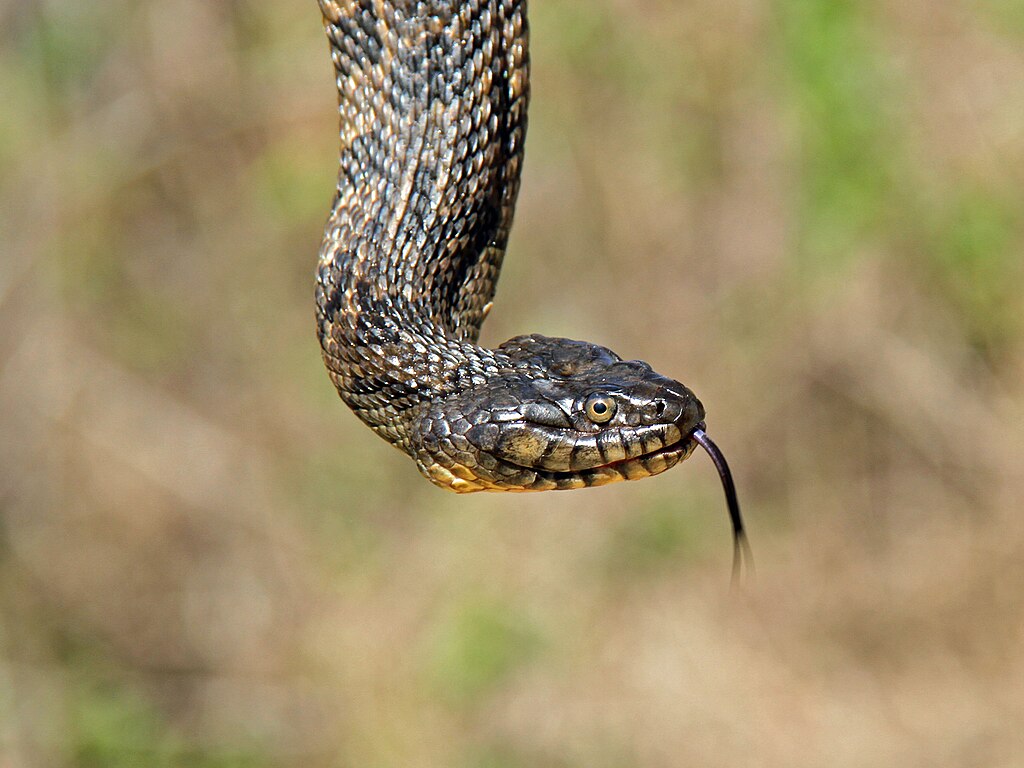Snakes, with their mysterious and often misunderstood nature, display fascinating behaviors that captivate reptile enthusiasts worldwide. One particularly interesting behavior is their tendency to choose and consistently return to a specific area within their enclosure. This phenomenon, which many snake owners affectionately refer to as their pet’s “favorite spot,” isn’t merely a random choice but rather a deliberate decision influenced by multiple environmental and biological factors. Understanding why your serpentine companion gravitates toward certain areas can help improve their care and provide crucial insights into their well-being. This article explores the science behind why snakes establish preferred locations in their habitats and how you can use this knowledge to create a more comfortable environment for your scaly friend.
The Thermoregulation Imperative
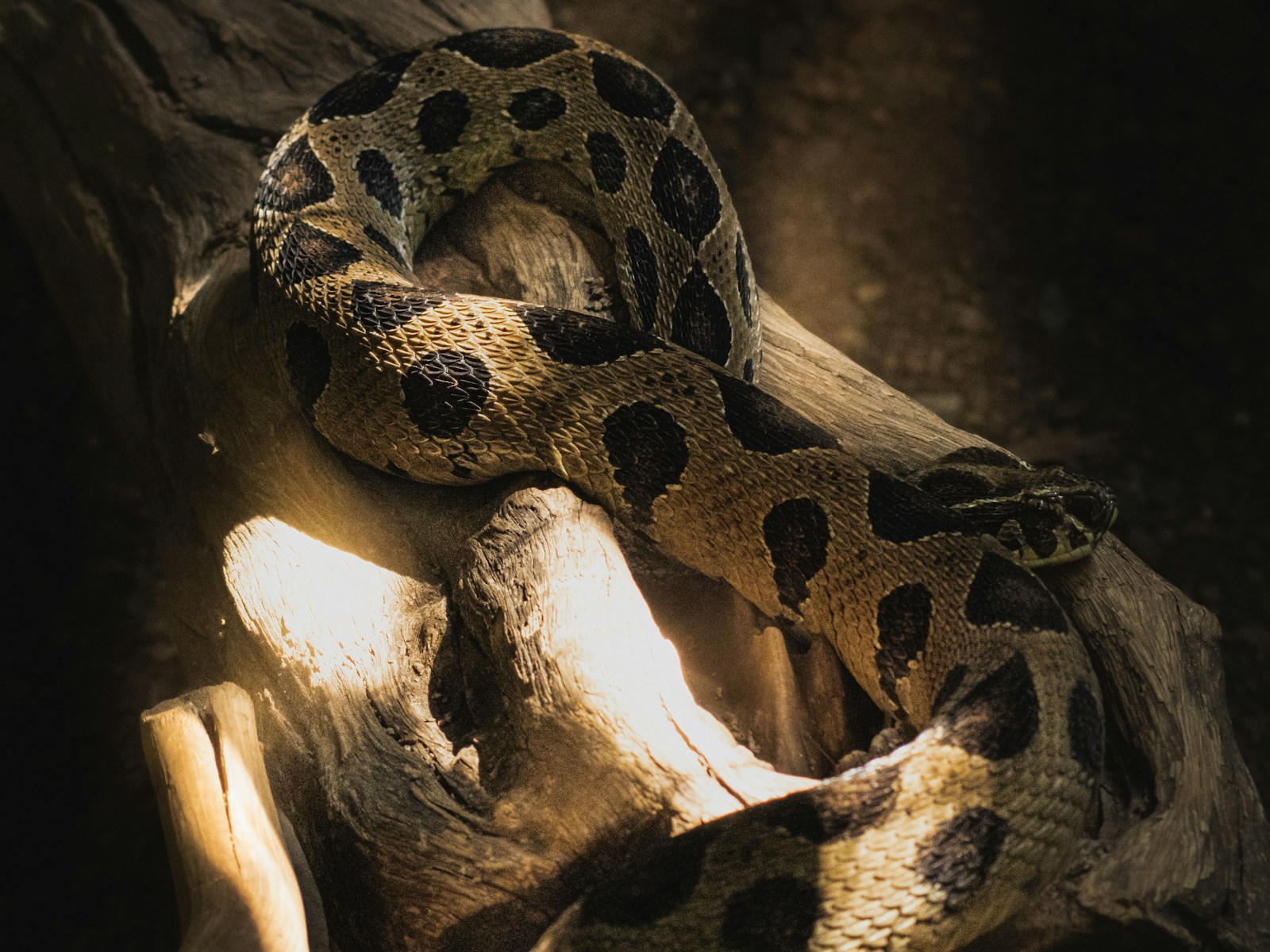
Snakes are ectothermic creatures, meaning they rely on external heat sources to regulate their body temperature rather than generating their own heat internally like mammals do. This fundamental biological characteristic is perhaps the most significant factor in determining a snake’s preferred location within its enclosure. Snakes will instinctively seek out areas that provide the optimal temperature for their physiological functions, including digestion, immune response, and overall metabolism. In captivity, this often translates to spots near heat lamps, under-tank heaters, or areas where ambient warmth accumulates. You might notice your snake consistently returning to the same warm corner after feeding, as higher temperatures significantly aid in their digestive process.
Security and Shelter Needs
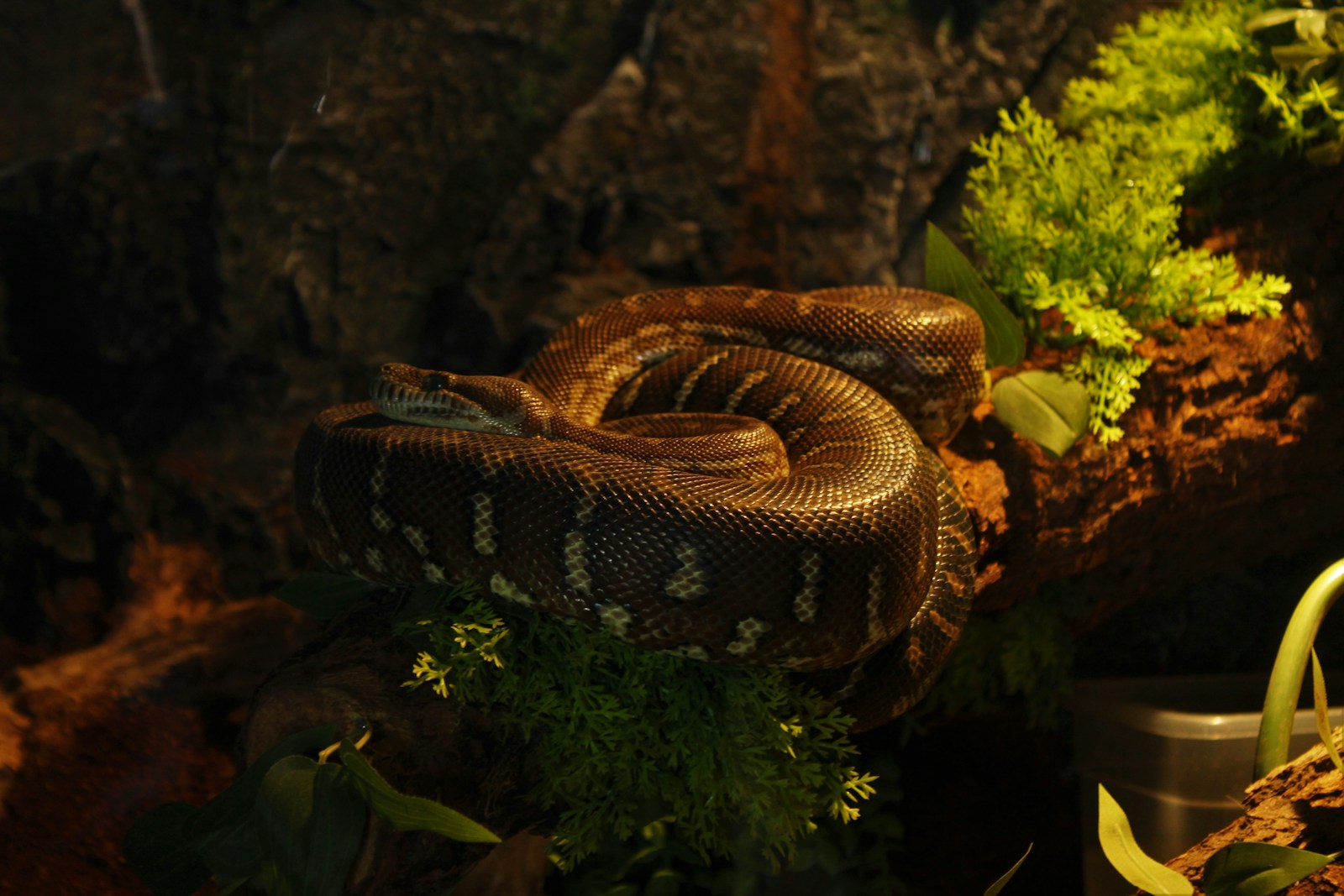
In the wild, snakes are both predator and prey, making security a hardwired priority in their behavioral patterns. This instinct doesn’t disappear in captivity, which is why many snakes establish favorite spots in areas that offer a sense of security and protection. Tight spaces, covered areas, or locations where the snake can press its body against multiple surfaces often become preferred resting places. This behavior, known as thigmotaxis or the preference for touching surfaces, provides snakes with a sense of security against potential threats. Even well-adjusted captive snakes that recognize no danger from their human caretakers will instinctively seek out these secure locations, especially during periods of rest or when they feel vulnerable, such as during shedding.
The Humidity Factor
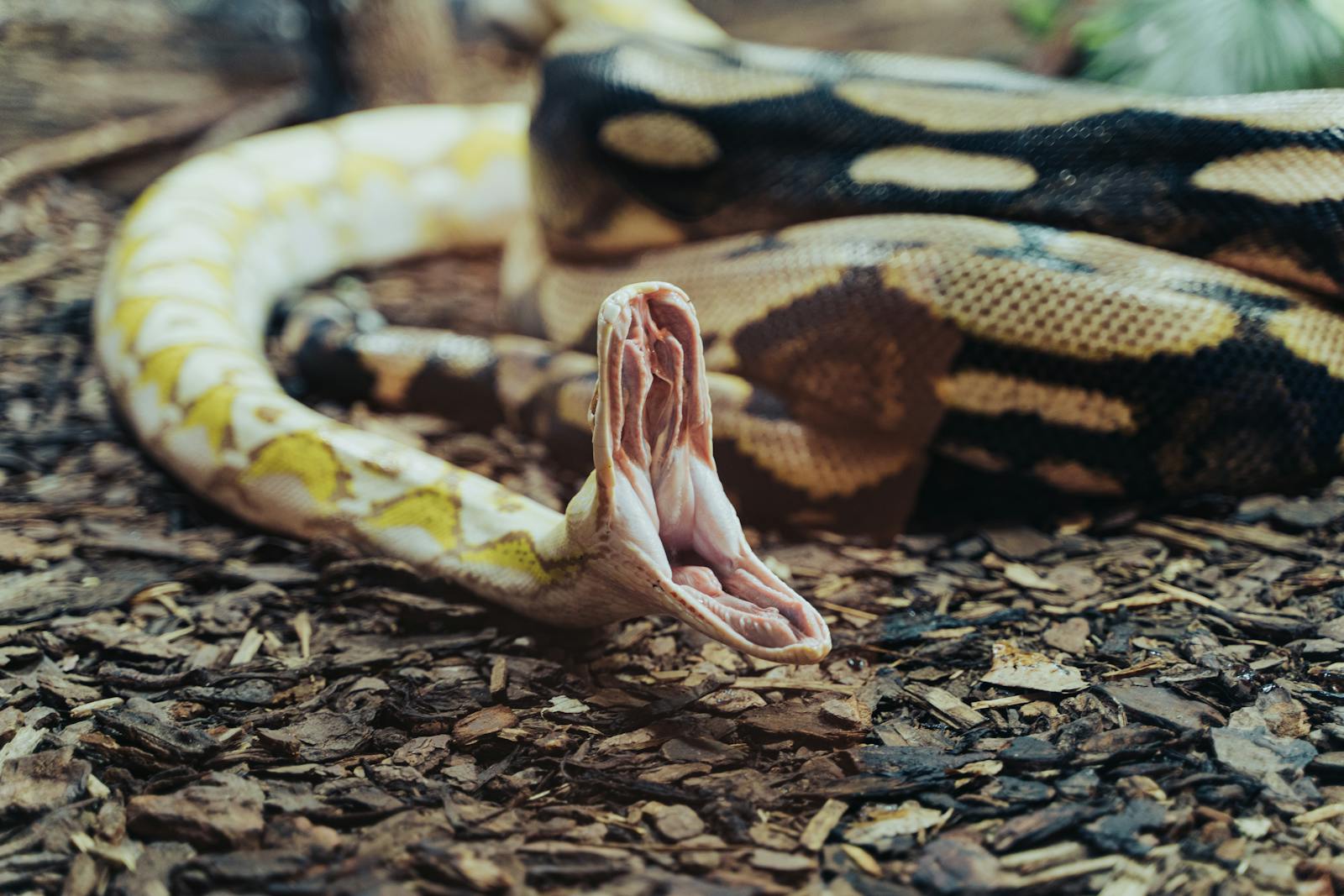
Different snake species have evolved in varied natural habitats with specific humidity requirements, which they continue to seek in captivity. A snake’s favorite spot might be chosen based on the microclimate it provides, particularly regarding moisture levels. Species from tropical environments, like ball pythons or emerald tree boas, might gravitate toward more humid areas in the enclosure, such as near water dishes or in moss-filled hide boxes. Conversely, species adapted to arid conditions, such as certain rattlesnakes or sand boas, might prefer drier areas. This preference isn’t merely about comfort—appropriate humidity levels are crucial for proper shedding, respiratory health, and overall physiological functioning in reptiles.
Light Exposure Preferences

The relationship between snakes and light is complex and species-dependent, but it significantly influences their choice of preferred locations. While snakes don’t require UVB light to the same extent as many lizards, they still respond to light cycles and intensity. Nocturnal species might establish favorite spots in shadier areas of the enclosure, avoiding direct light exposure during daylight hours. Diurnal species might occasionally bask in illuminated areas, though most snakes prefer some degree of cover even when warming themselves. Light preferences can also change seasonally or during different life stages, reflecting the snake’s changing physiological needs and natural behaviors that would occur in the wild.
Territorial Establishment
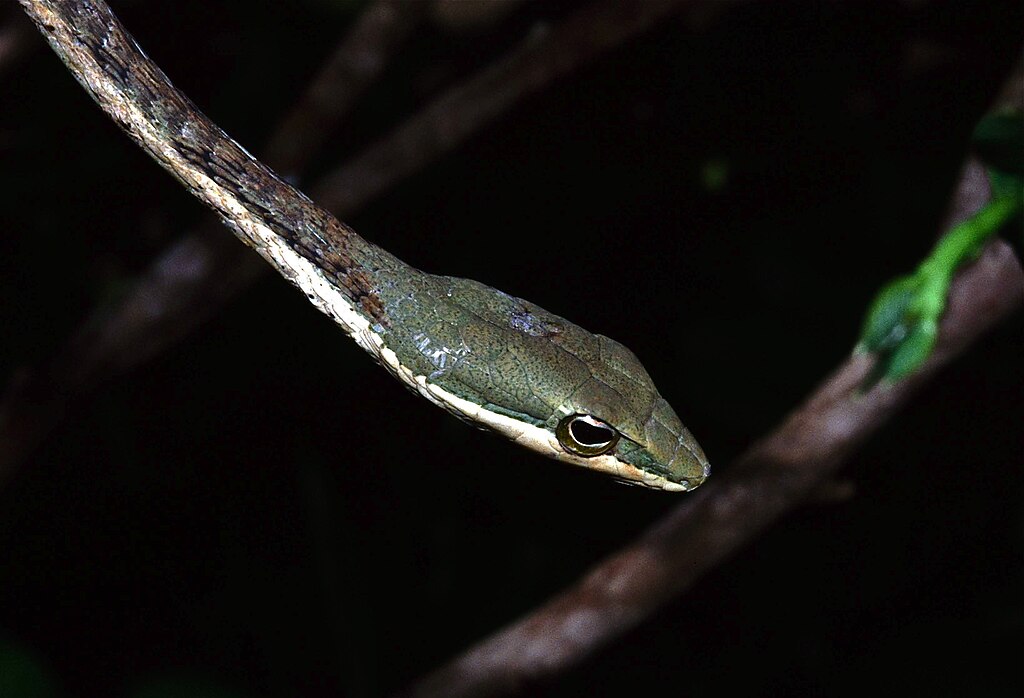
Though not as overtly territorial as some other reptiles, snakes do develop a sense of familiarity and ownership over their living space. A favorite spot often becomes a territory within a territory—a specific location the snake has claimed as particularly its own within the larger enclosure. This area might be marked with the snake’s scent through subtle secretions from their skin or cloacal glands, creating an olfactory signal that this space “belongs” to them. Territorial establishment helps reduce stress by creating predictability in the snake’s environment. You might notice that after cleaning the enclosure thoroughly, some snakes appear restless until they’ve re-established their scent in their preferred areas.
Substrate Texture and Depth
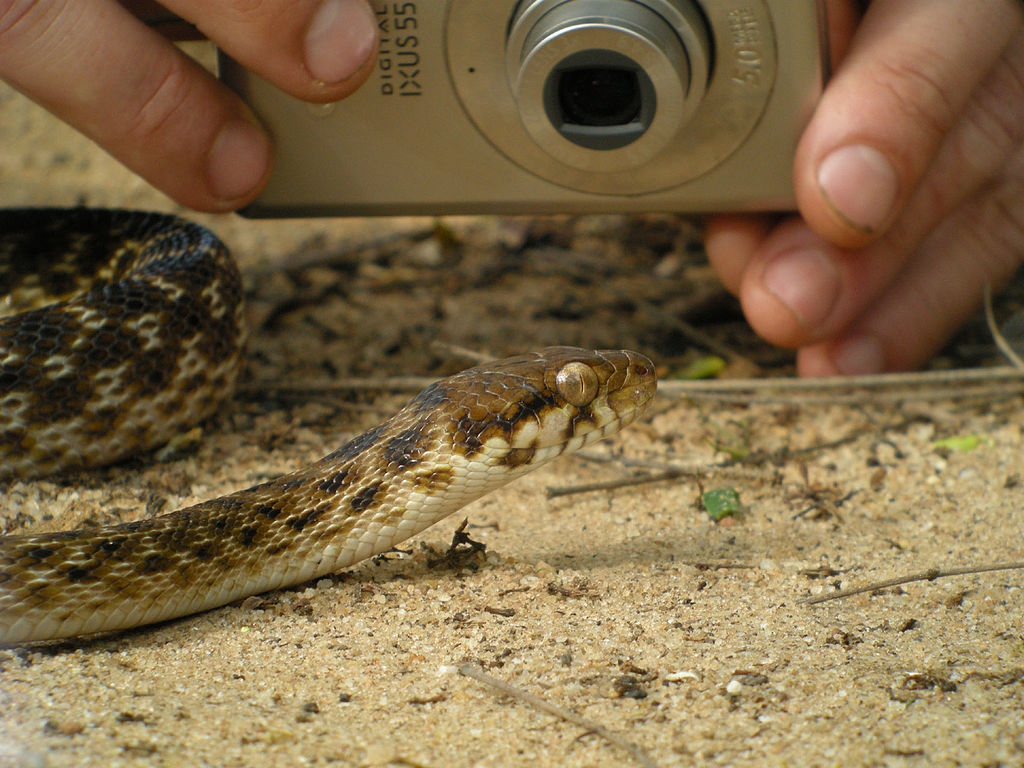
The tactile experience of different substrates can strongly influence a snake’s preference for certain areas of their enclosure. Some species might prefer the softness of aspen shavings or the moisture-retaining properties of cypress mulch, while others might gravitate toward areas with coconut husk or even specialized reptile carpet. The depth of the substrate also matters—burrowing species like sand boas or hognose snakes might establish favorite spots where the substrate is deep enough to allow them to partially or fully submerge themselves. This preference isn’t merely about comfort but relates to the snake’s evolutionary adaptations for hunting, hiding, and thermoregulating in their native environment.
Proximity to Resources
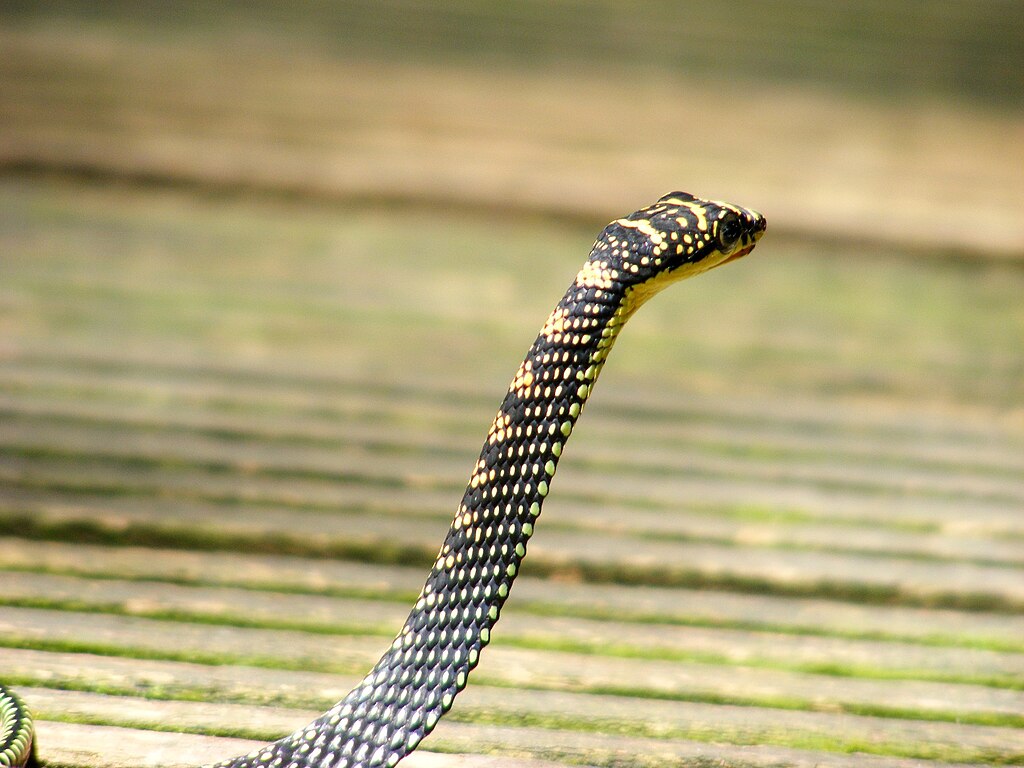
Snakes, like all animals, make strategic decisions about energy expenditure and resource access. A favorite spot might be chosen partly for its convenient proximity to essential resources like water, basking spots, or climbing structures. While snakes don’t need constant access to water like mammals do, having a preferred location that allows easy monitoring of their water source can be advantageous. Similarly, a location that provides quick access to thermal gradients allows the snake to efficiently adjust its body temperature as needed without expending excessive energy on movement. This energy conservation strategy is particularly important for snakes, as their metabolic rate and energy requirements are directly tied to their environmental conditions.
Shedding Considerations

During the shedding process, a snake’s behavioral patterns and preferences often change noticeably, including their choice of favorite resting spot. Many snake owners observe their pets gravitating toward specific areas when they’re about to shed, typically spots with slightly higher humidity or rougher surfaces that can help initiate and facilitate the shedding process. A snake preparing to shed might suddenly abandon its usual favorite spot in favor of an area near the water dish or a hide with dampened moss. This temporary relocation is a biological response to the physiological demands of shedding, where proper humidity and environmental conditions are crucial for a successful, complete shed without complications.
Individual Personality Factors
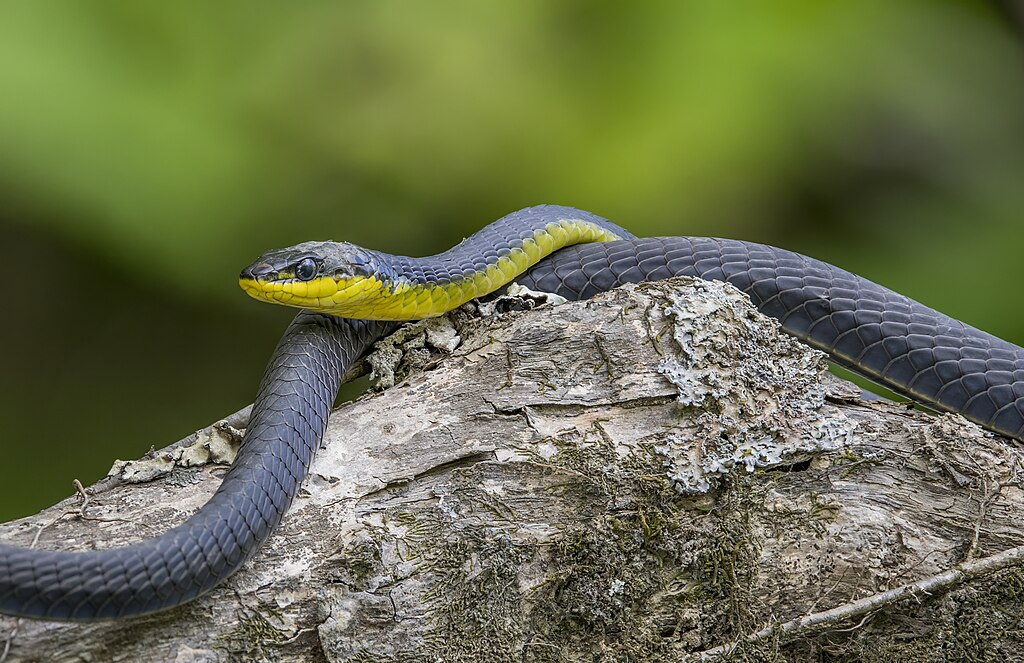
While scientific explanations account for many aspects of favorite spot selection, snake owners and herpetologists alike recognize that individual personality plays a significant role in this behavior. Just as humans have personal preferences that can’t always be explained logically, snakes display individual behavioral traits that influence their habitat choices. Some snakes might prefer elevated positions that allow surveillance of their surroundings, while others consistently seek the most secluded spot available regardless of other factors. These individual preferences often become more pronounced as the snake becomes comfortable in its environment and develops routines. Recognizing and respecting these personality-driven choices is an important aspect of responsible snake husbandry.
Seasonal and Hormonal Influences
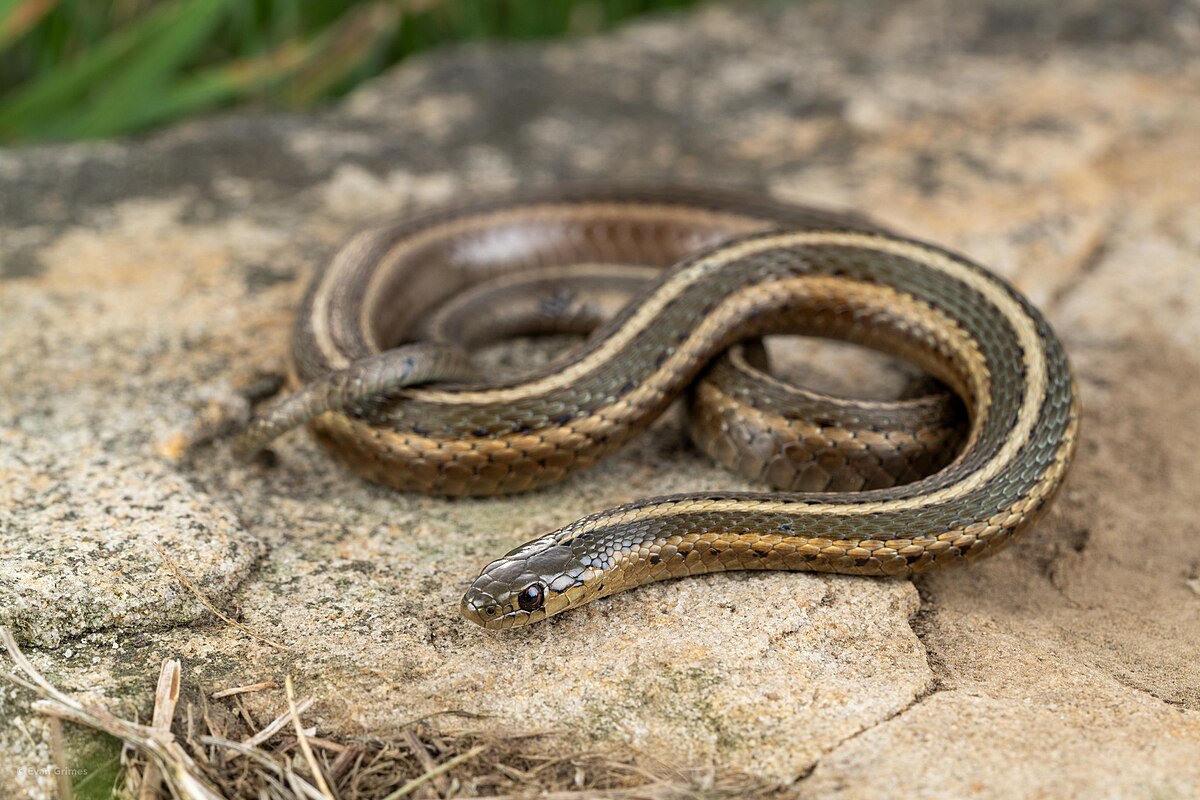
A snake’s choice of favorite spot isn’t static but can shift with seasonal changes and hormonal fluctuations. Many captive snakes retain biological rhythms tied to breeding seasons, even when environmental conditions in captivity remain relatively constant throughout the year. During breeding season, males might become more restless and establish temporary favorite spots that allow better monitoring of their surroundings, while females might seek more secure, hidden locations. These behavioral changes reflect the snake’s evolutionary programming to prepare for reproduction. Similarly, following a large meal, many snakes relocate to warmer areas that optimize digestion, temporarily establishing a new “favorite” spot until digestion is complete.
The Impact of Enclosure Design

The thoughtful arrangement of elements within a snake’s enclosure significantly influences where they establish preferred locations. Strategic placement of hides, climbing structures, water features, and heating elements creates a complex environment that allows the snake to meet multiple needs simultaneously in certain areas. For example, a hide box positioned in a temperature gradient that offers both security and optimal warmth might become a highly favored location. Experienced keepers often observe their snake’s behaviors and preferences before finalizing enclosure designs, allowing the natural habits of the specific individual to guide the arrangement. This responsive approach to habitat design acknowledges that while general species requirements provide a starting point, accommodating individual preferences results in a less stressed, more naturally behaving snake.
Recognizing When Preferences Signal Problems
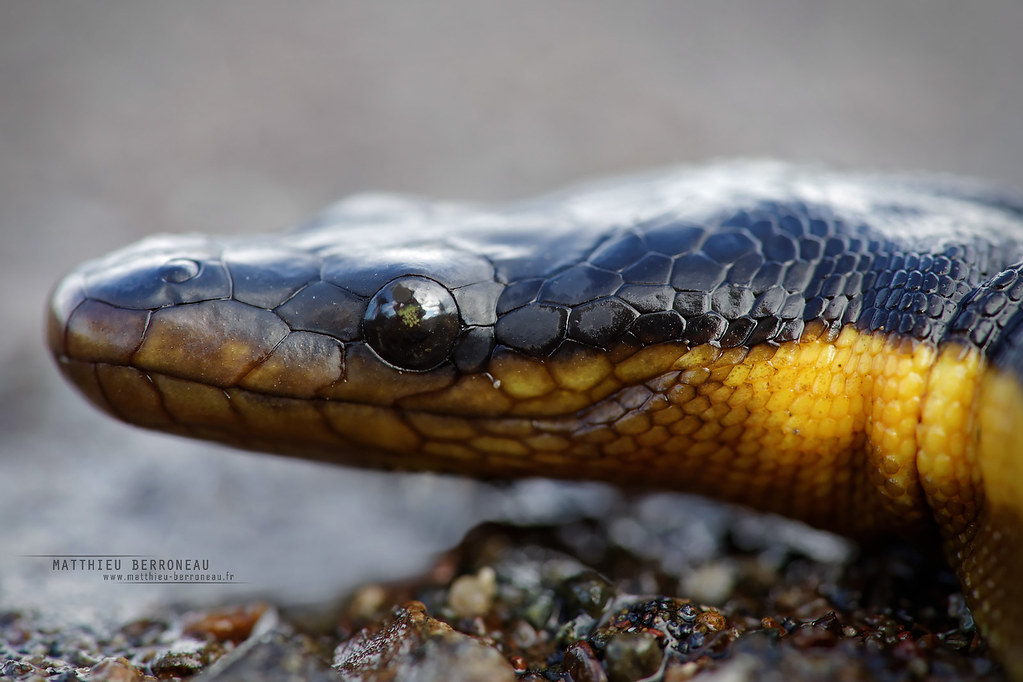
While favorite spots are typically normal and healthy behaviors, changes in location preferences can sometimes indicate health concerns or environmental issues that require attention. A snake that suddenly abandons a long-established favorite spot might be responding to an undetected temperature malfunction, parasitic infestation, or illness. Similarly, a snake that becomes fixated on an unusual location—such as constantly pressing against the glass or spending excessive time soaking in its water dish—might be experiencing improper temperature gradients, respiratory issues, or mite infestations. Monitoring your snake’s preferred locations and being alert to sudden changes provides valuable information about their well-being. Establishing a baseline of normal behavior makes it easier to identify potentially problematic deviations that warrant veterinary consultation.
Applying Knowledge to Improve Snake Wellbeing
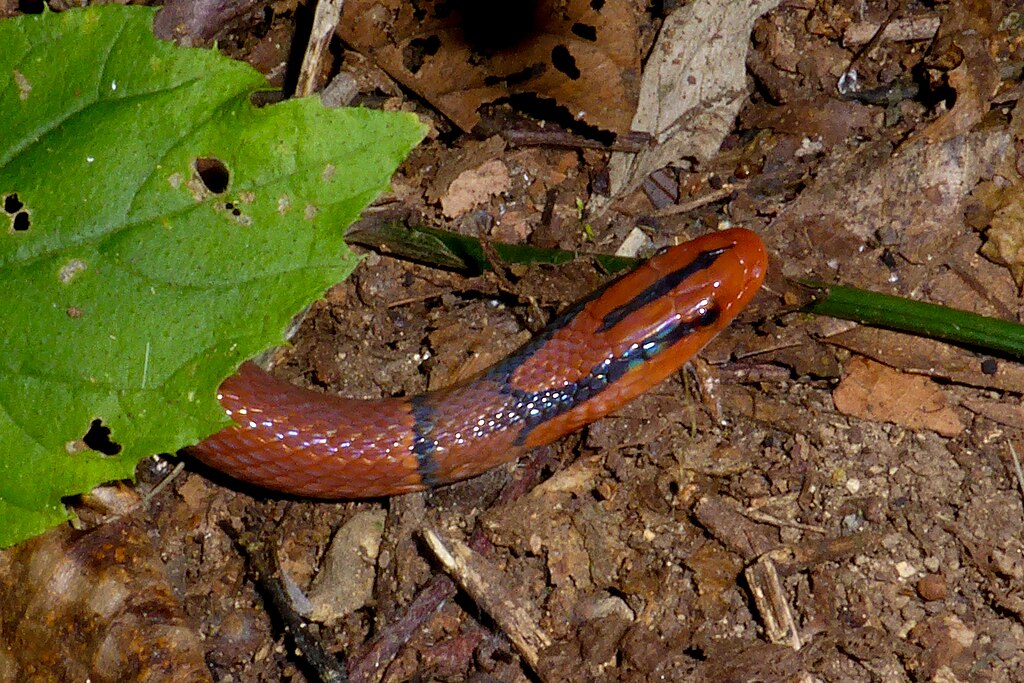
Understanding why your snake establishes favorite spots empowers you to create more thoughtfully designed enclosures that better meet their biological and psychological needs. Rather than fighting against natural instincts, successful snake keeping involves working with these preferences to create environments where the snake can thrive. Consider incorporating multiple options for thermoregulation, security, and appropriate substrate within reach of each other, allowing your snake to meet several needs without compromising others. Observe which features your individual snake utilizes most frequently and replicate these conditions when upgrading enclosures or during necessary relocations. This responsive approach to husbandry acknowledges that while we can provide optimal conditions based on species research, each snake is an individual with unique preferences that deserve accommodation within the parameters of proper care.
Conclusion
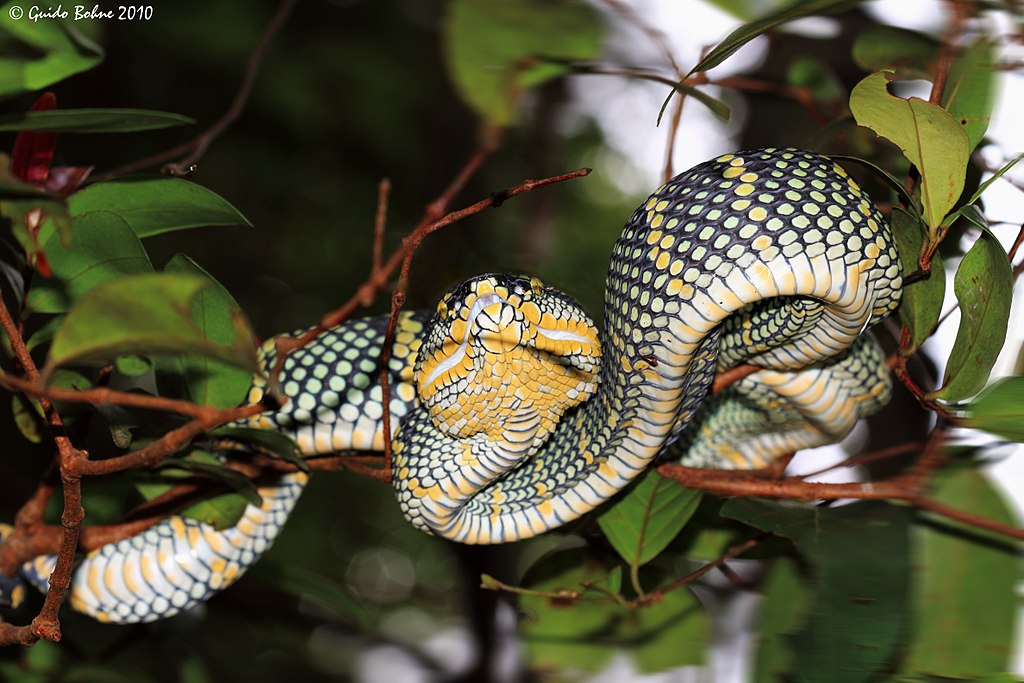
The establishment of favorite spots in captive snake enclosures represents a fascinating intersection of biology, behavior, and individual preference. Far from random choices, these preferred locations reveal how snakes interact with their environment to meet complex needs for thermoregulation, security, humidity, and territorial establishment. By observing and understanding these preferences, snake owners gain valuable insights into their pet’s well-being and can create more naturalistic, stress-reducing environments that honor the snake’s evolutionary programming. What might appear as a simple behavioral quirk actually offers a window into the sophisticated environmental assessment capabilities of these remarkable reptiles, reminding us that proper reptile husbandry requires attention not just to general species requirements but also to the unique preferences of each individual snake in our care.

